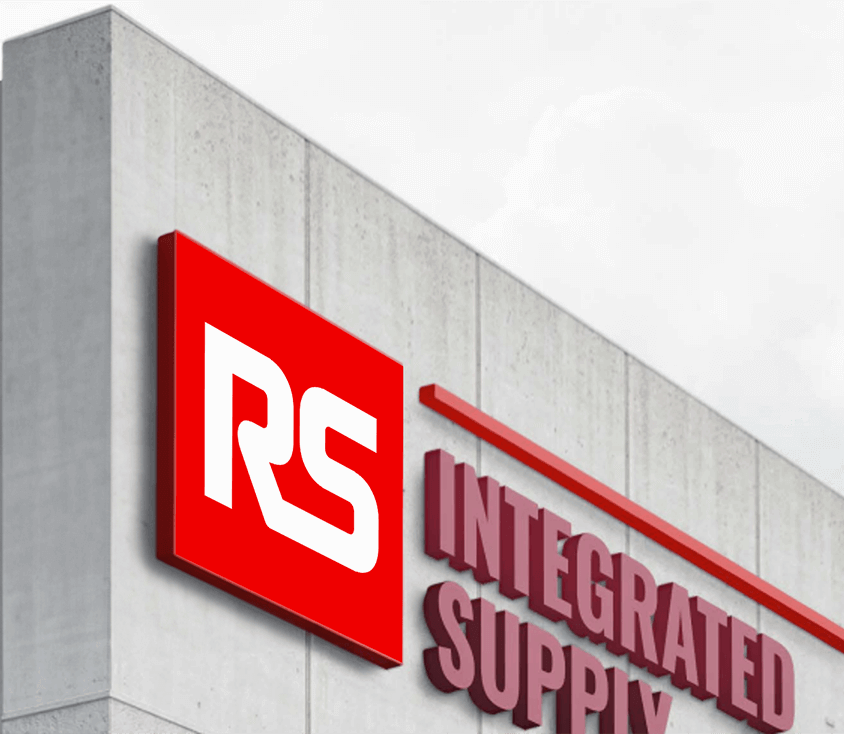Published on
Read time: 3 minutes

The challenge
There are many ways the MRO supply chain can cost your organization money, including lost production, idle labor, rescheduling previously scheduled maintenance, expedited shipping, transactions costs, vendor management, etc.
At some point, they need be addressed. Building a successful integrated supply program requires an initial engagement that identifies and takes advantage of the “low-hanging fruit” ripe for savings. However, it is sustaining those savings year-over-year where the true value is earned.
For one large international health & beauty product manufacturer, the idea of initiating a relationship with a third-party MRO service provider came down to a single KPI – savings. The objective was to reduce year-over-year material spend.
The client’s massive complex, stretching over a full square mile, included multiple manufacturing plants producing various products. However, there was no process standardization and no visibility to what was needed vs what was purchased. The client did not know what parts it needed or when. What the client did know was that the MRO program was out of control.
The solution
Success came down to implementing the fundamentals of MRO supply chain management. The playbook included:
- Establishing baseline prices
- Building accurate data
- Leveraging partner suppliers
- Implementing effective sourcing strategies
- Applying Inventory management practices
- Adjusting min/max order levels
- Buying when needed
- Disciplined cycle counting
- Paying attention to quantities
Each year baseline prices for stocked parts were established for frequently purchased materials. These baseline prices are then used in collaborating with partner suppliers to find additional savings opportunities. Understanding usage trends enabled the client to shift spend to vendors able to provide the greatest savings.
Inventory management for this client was non-existent before the integrator arrived. Inventory accuracy for stocked parts was well under industry best practices. Within three years – behind yearly double-digit improvements – inventory accuracy improved. Part of that improvement was driven by inventory right-sizing.
Instead of 20% of inventory being stocked items and 80% non-stock, the onsite integrator reversed course, eventually bringing the split to 50-50. That translates to more stock items in house, fewer transaction requirements, faster parts issuing, and more efficient maintenance.
Overall spend, the primary objective, was reduced through the integrated supply program by more than 22% over the course of the engagement, averaging more than 6% per year. Total reduced program savings is $3 million.
The results
The goal was to drive savings and the fully integrated supply management program did exactly that in several ways. Overall spending, the primary objective, was reduced through the integrated supply program by more than 22% over the course of the engagement, averaging more than 6% per year. Total reduced program savings is $3 million. Much of the savings were driven by utilizing partner supplier relationships, changing min/max levels to accurately reflect need, and driving down the number of transactions. Additionally, as spending decreased and data quality upgraded, inventory accuracy dramatically improved. At the onset of the engagement, the client had a 65% inventory accuracy rate. With the integrator’s team on site and best practices implemented, that accuracy level jumped to 95%, translating directly into more “wrench time” for maintenance technicians. With the program’s success, the relationship has spanned more than five years and multiple cost-savings contracts with additional savings expected.




